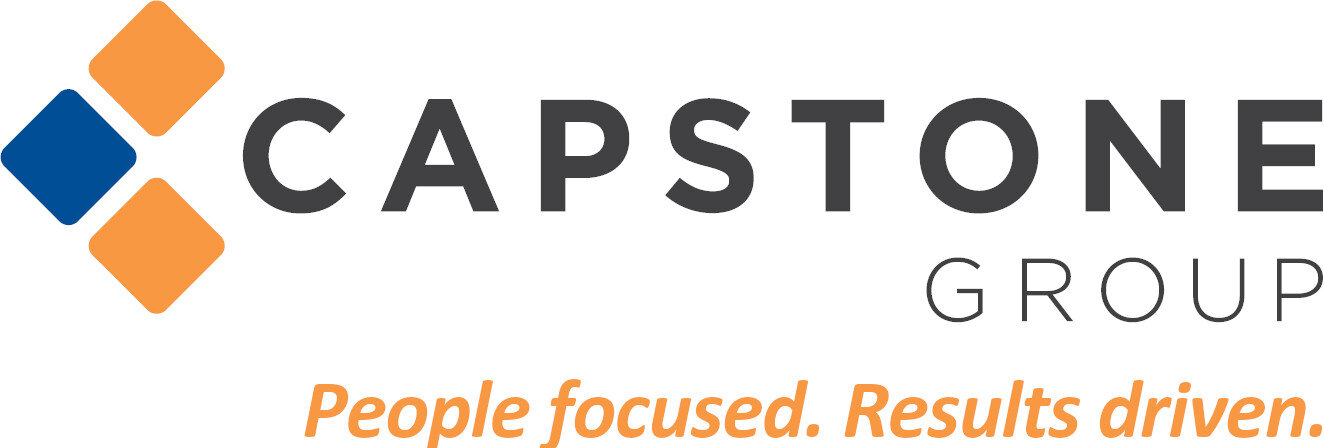Introduction
The commercial insurance marketplace is cyclical. A “hard market” is characterized by rising rates and premiums and a tightening of capacity, or an insurers unwillingness to provide coverage and limits they were previously comfortable providing. For the first time in nearly 20 years, the insurance marketplace began to harden in 2019 and has only been exasperated by recent current events, i.e. supply chain issues, political & social unrest, inflation, and general economic uncertainty.
A hard insurance market impacts all consumers of traditional commercial insurance products: small and large businesses, for profit and non-profit, private, and publicly traded organizations. Some industries and lines of coverage are impacted more than others. This article is intended to educate business owners and executives on how to properly prepare and identify a few strategies to consider to best navigate these challenges.
Hardest-Hit Coverages
Coming into 2022, most analysts were predicting between 12% - 15% price increases across all lines of commercial insurance. The lines driving those increases include:
Commercial Property: Fueled by continued increases in damages caused by weather & climate-related disasters. Especially for higher-value property schedules and higher-hazard operations.
Umbrella/Excess Liability: Historically pricing has been lower-cost, more stable. Recent trends such as nuclear verdicts and litigation funding are resulting in exceptionally high jury awards that drastically increase claim costs.
Management Liability (D&O and Employment Practices Liability): Driven by many socioeconomic factors, including: increased M&A activity, Pandemic-related layoffs, and “social inflation”
Cyber Liability: Cyber insurance is experiencing a hardening market on rocket fuel. We are seeing unprecedent sharp increases in claims activity, rate increases, and coverage changes in a relatively short period of time. It’s more important now than ever to work with forward-thinking insurance advisors who understand the evolving coverage forms and have access to a broad range of cyber providers to adequately navigate these challenges. To read more on this topic, check out our article published by the Delaware Valley Family Business Center.
Navigating Choppy Waters
While the outlook may seem grim in the short-term, there is hope for those organizations willing to prioritize their risk profile and align themselves with an advisor who will strategically approach the marketplace and prepare alternative options on their behalf. The current market conditions make alternative funding options, such as large deductible or Captive arrangements, viable and attractive solutions for many organizations looking to regain control of their insurance costs.
Prioritize Your “Risk Profile” – As insurance carriers look to recover losses from rapidly increasing claim activity and historically underpriced polices, underwriters are under immense pressure to carefully evaluate each renewal. The carrier’s pricing and coverage offerings will be heavily influenced by your “Risk Profile”. That is, the frequency and severity of claims along with the presence of proactive risk management and loss control programs. If you have experienced claims in the past, consider what could be done to prevent such incidents from reoccurring in the future. It’s also a great time to revamp (or implement) a strategic safety & loss control program that addresses exposures unique to your organization. Best-in-class organizations, when presented as such to the insurance carrier community, receive the best pricing and coverage.
Start Early, Have a Plan – Many organizations scramble to find alternatives after receiving unfavorable, last-minute renewal quotes from incumbent carriers. Often, these unpleasant surprises come with little warning or justification. For this reason, it’s important to start the process early, particularly when involving multiple carriers in the quoting process. Equally important is the quality of information being submitted to the insurance company when quoting. The “submission” should be detailed, accurate and complete, ultimately telling a favorable story about your organization to the underwriting community. This process creates competition amongst insurance carriers, giving you confidence that you’re receiving the best pricing and coverage terms available in the marketplace.
Identify “Softer” Lines - Fortunately for consumers, not all lines of coverage are hardening at once. Our team continues to deliver more manageable increases, and even rate decreases, in select coverage lines that should be negotiated aggressively during annual renewals in order to help offset any unavoidable increases in the lines mentioned above.
Consider Alternative Risk Financing
As stated in the beginning of this article, a hard insurance market impacts all consumers of traditional, “guaranteed-cost” commercial insurance. So, what about non-traditional or alternative options?
Alternatives such as self-insurance and Captive Insurance Arrangements (“Captives”) can certainly provide a hedge against fluctuating market cycles. On a basic level, a captive is an insurance company that is wholly owned and controlled by its insureds. Thus, giving control and potential underwriting profits back to the organizations themselves as opposed to the insurance company.
In response to rising rates and dwindling capacity, our team has certainly seen an uptick in interest in captives, but it’s important to note that these arrangements are not a fit for all organizations. For starters, there are minimum premium thresholds for most captive programs (starting at $100,000 in combined workers compensation, general & auto liability premiums). Additionally, due to funding arrangements and the risk-sharing nature of group captives, these programs are only advantageous for financially stable, well-run organizations with a dedicated focus on safety and a favorable claims history.
Conclusion
While we hope we are starting to turn a corner in the hardening market cycle, we are still diligently guiding our clients through challenging 2022 renewals that will likely extend into next year. Please consider us a resource and feel free to reach out to discuss your organizations’ unique situation.
Contact Us:
Kevin M. Fox, CIC
Managing Partner
kmfox@capstonegrp.com
Office: 215-542-8030




